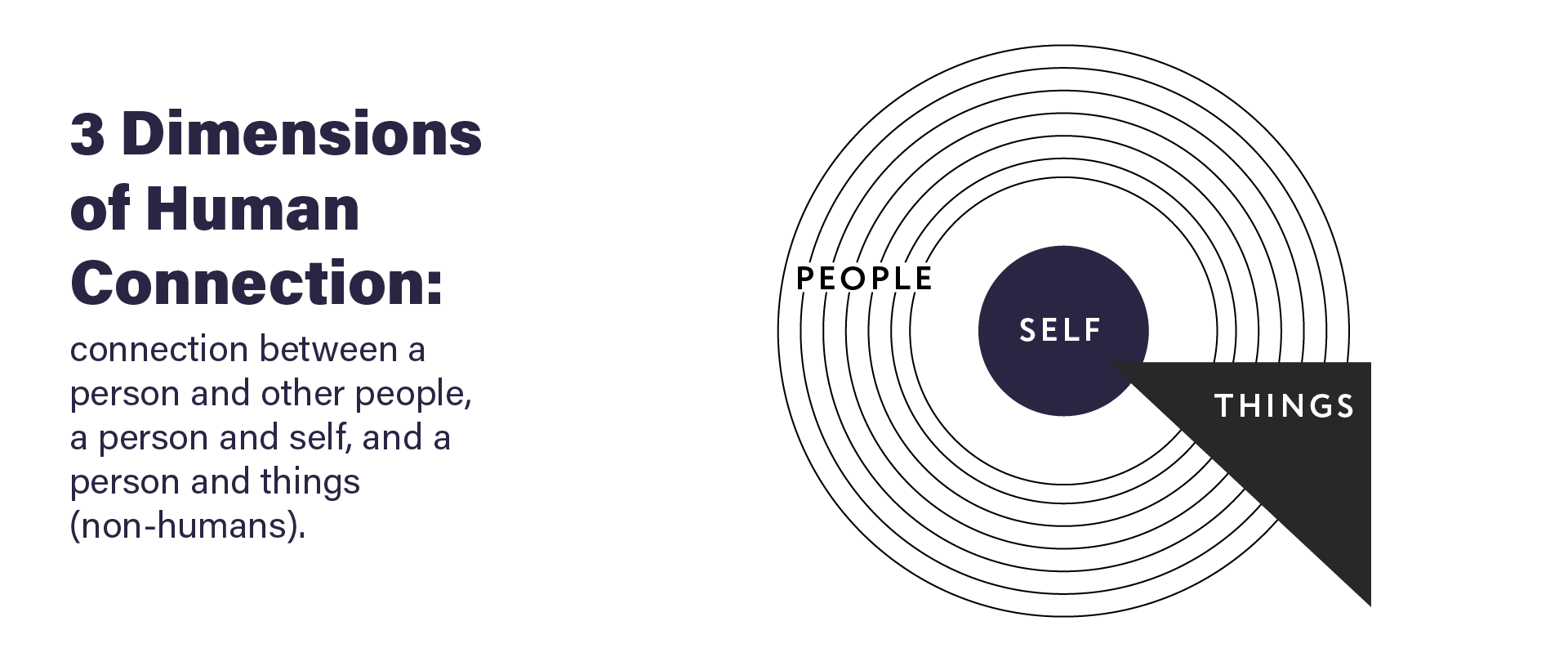Problem Space
Being lonely can disrupt sleep, increase stress and inflammation, and weaken a person's immune system. It's also associated with cognitive decline, heart disease, and greater frailty later on in life. But what is loneliness? Is it isolation, feeling, disconnection, void, or shame? Loneliness is definitely in the spotlight. In the media, it is called an epidemic and sometimes insinuating as a disease. However, there is a strong stigma about loneliness and it is still a taboo topic for a lot of people. I was intrigued by this duality and controversy about this topic.
Anti-lonliness cafe in Japan | Yuki Arakawa/CNN




































